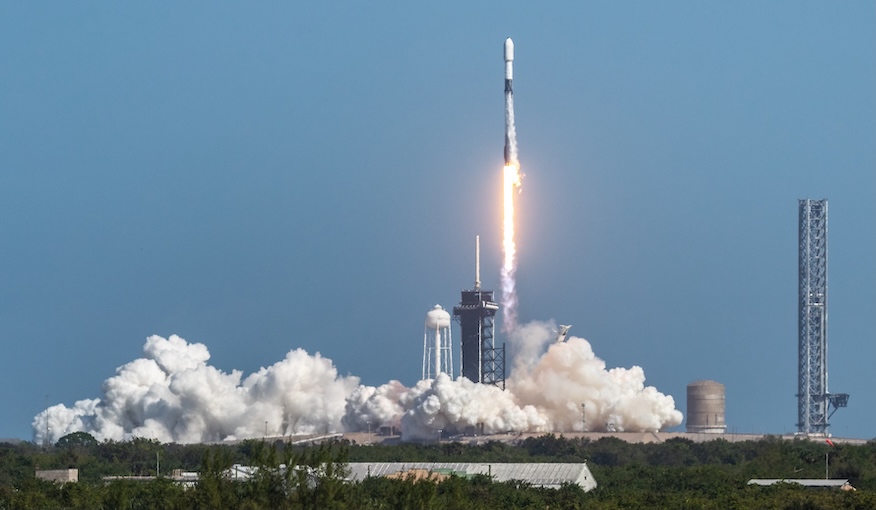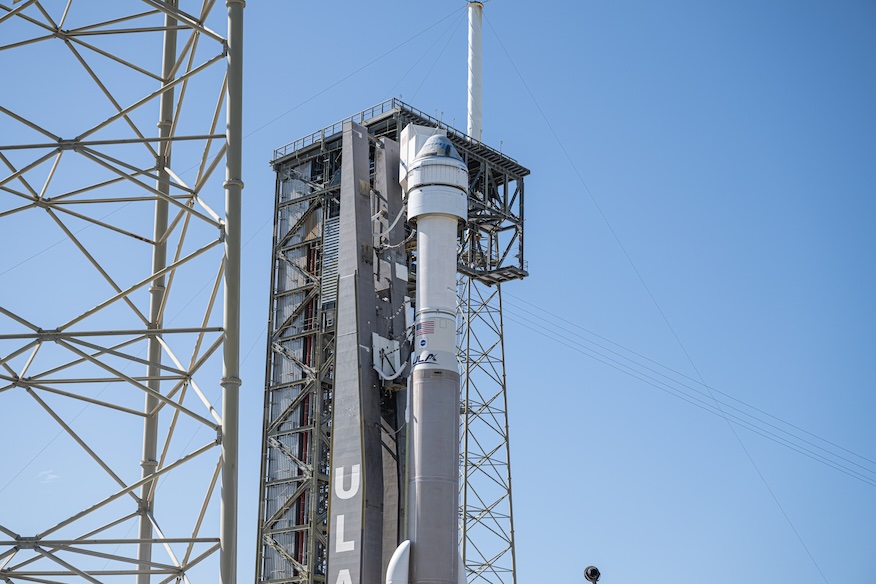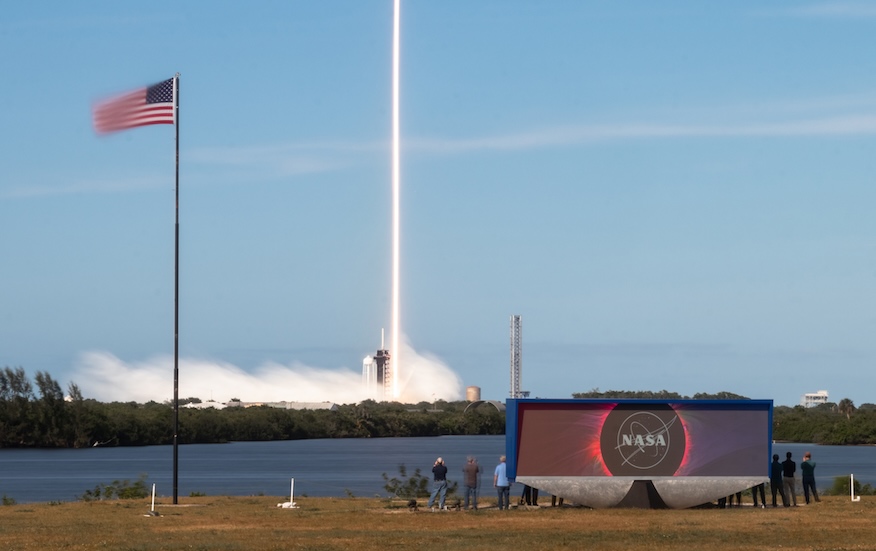
Update 11:19 a.m. EST: SpaceX adjusted the T-0 liftoff time.
Update 1:03 p.m. EST: SpaceX confirms deployment of Koreasat-6A.
SpaceX launched the latest communications satellite for KT SAT Corporation Ltd., a satellite service provider in South Korea Monday in the noontime hour. The Falcon 9 rocket was the first of what could shaped up to be a double launch day.
Liftoff of the Koreasat-6A mission happened at 12:22 p.m. EST (1722 UTC) from Launch Complex 39A (LC-39A) at NASA’s Kennedy Space Center. A Starlink delivery mission, postponed from Sunday, is scheduled to fly from pad 40 at neighboring Cape Canaveral Space Force Station, four hours later.
The Falcon 9 first stage booster for this mission, tail number B1067 in the SpaceX fleet, launched for a 23rd time. It previously supported the launches of two astronaut missions to the International Space Station (Crew-3 and Crew-4), two cargo flights to the ISS (CRS-22 and CRS-25) and 12 Starlink missions.
A little more than eight minutes after liftoff, B1067 touched down at Landing Zone 1 (LZ-1) at Cape Canaveral Space Force Station. The successful landing marked the 47th booster recovery at LZ-1 and the 365th booster landing to date.
Notably, this also marked the first time a booster landed for a 23rd time. The other two boosters that launched for a 23rd time, B1061 and B1062, were taken out of service.
B1061 was intentionally expended following the launch of the Hera spacecraft on Oct. 7, 2024, for the European Space Agency. B1062 was lost when it failed to safely land on the SpaceX droneship, ‘A Shortfall of Gravitas,’ following the launch of the Starlink 8-6 mission on Aug. 28, 2024.

The geostationary Koreasat-6A satellite onboard Monday’s planned launch is designed to replace its predecessor, Koreasat-6, which is in the 116 degrees East position for KT SAT. The former satellite was launched by Arianespace in December 2010 and operates as a Ku-Band satellite.
Koreasat-6A, which was manufactured by Thales Alenia Space is built on the company’s Spacebus 4000B2 platform and includes six broadcast satellite service (BSS) transponders and 20 fixed satellite service (FSS) transponders. The 3.5-metric-ton satellite is designed to operate for 15 years.




